I know what you’re thinking: we’ve lost the plot. It’s just not a fair fight, is it? I mean, how could it be? It’s like asking the well-meaning Old Boys squad from your local rugby club to play 80 minutes against a first-string All Blacks side. The result is only going to go one way, and in an uncomfortably brutal fashion. Yet there’s method to our madness here, because the Ford Puma ST and the Lamborghini Urus have more in common than a 444bhp difference in power and £140,000 gap in price (you could buy nearly six Pumas for the cost of one Urus) would have you believe.
You see, these two are essentially the bookends of an increasingly popular genre: the super-heated SUV. It’s obviously not a new concept (Porsche has been at it for the best part of two decades now), but in recent years we’ve seen an explosion in their numbers, to the point that the majority of new ‘driver’s cars’ launched these days take their design cues from rutted tracks as much as race tracks. Hell, so strong is the apparent allure that when Seat’s hot halo brand Cupra went its own way, its first offering wasn’t a pocket rocket or a sports car but an SUV.
Believe the hype and these cars serve up a multitasking approach to motoring, their Swiss-army-knife-on-wheels shtick promising both thrills on the road and more than a modicum of go-getting, adventure-seeking character that traditionally tuned tin boxes don’t have the ground clearance or go-anywhere gumption to deliver.
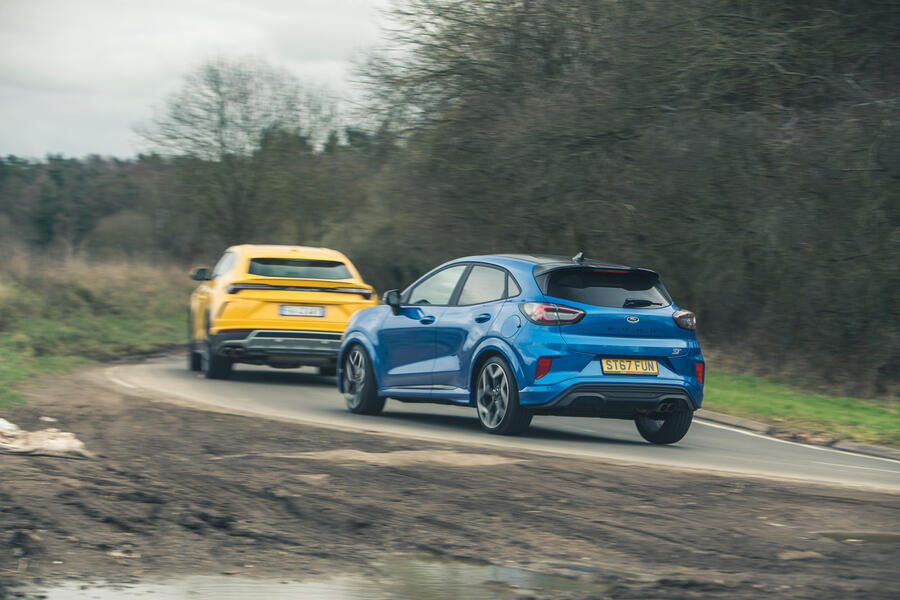
So this is both a straight headto-head and an exploration of the wider impact of such cars. You might be appalled or perplexed by the seemingly never-ending appetite for SUVs or unable to shake off the belief that anything with so much extra heft and height can ever raise smiles and spirits when you’re in the mood for going hard and fast. But do these prejudices marry up with reality? Time to find out.




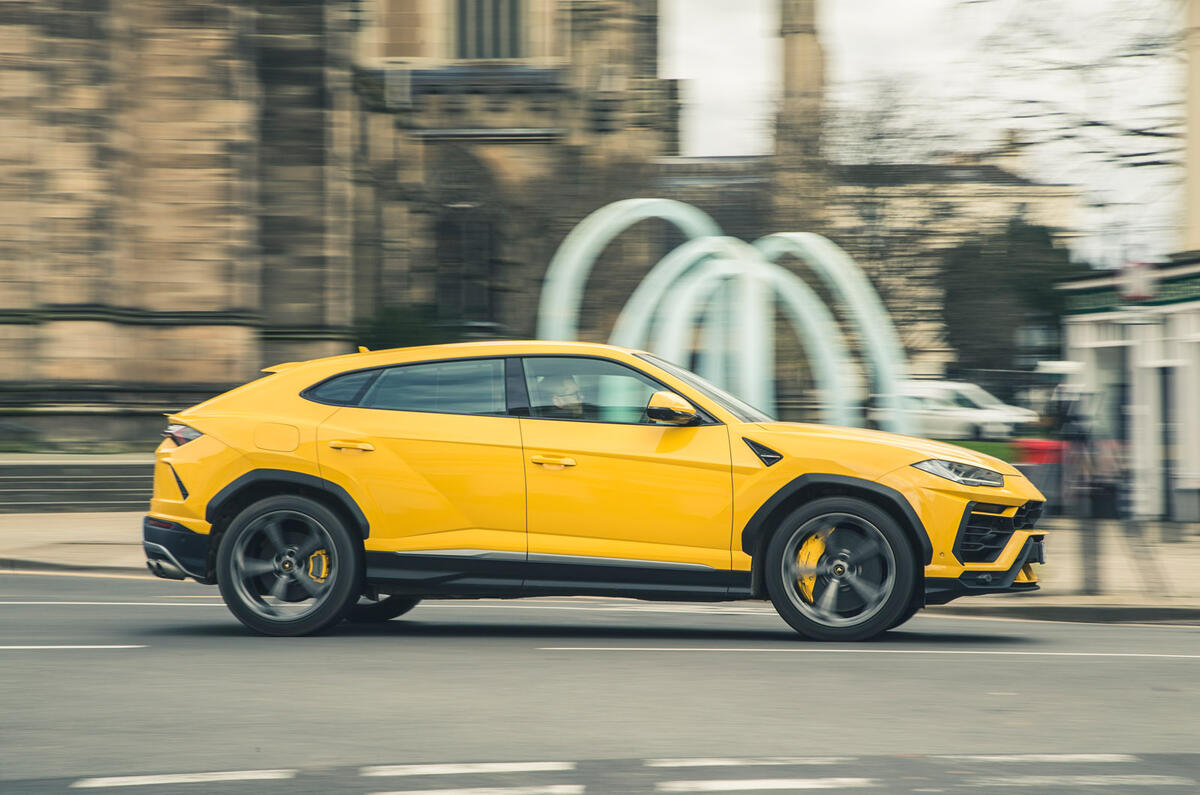










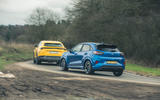













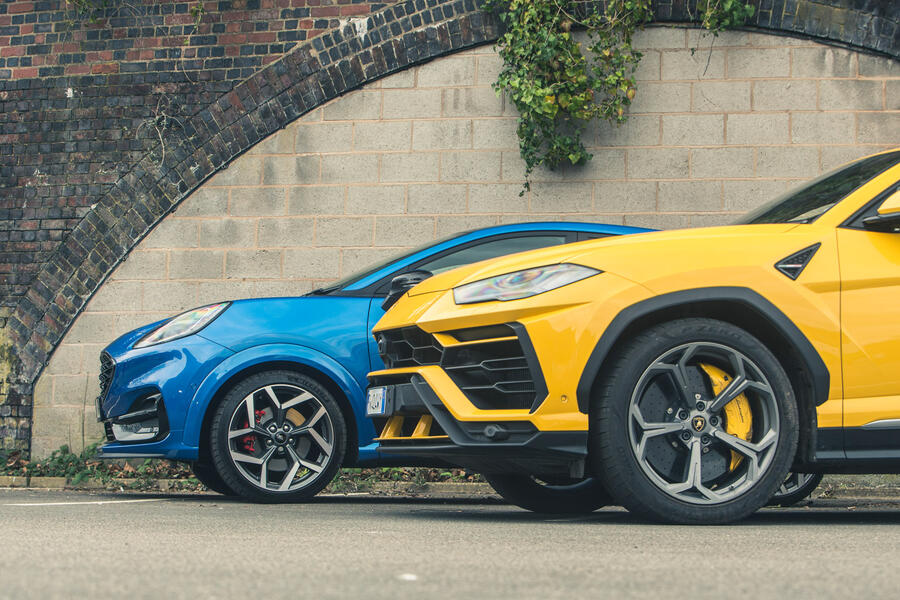
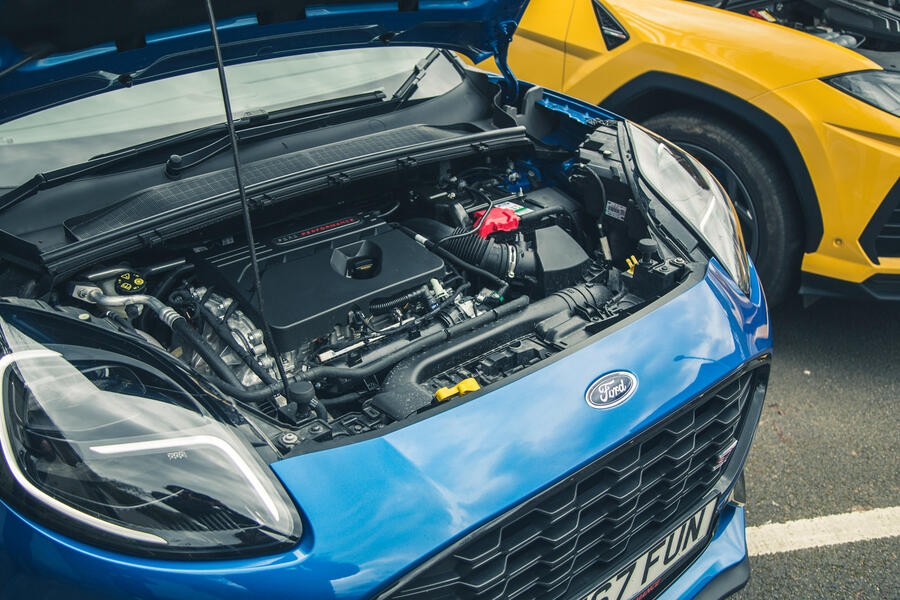




Join the debate
Add your comment
There is no jealousy here as I wouldn't want either, and if someone wants the urus or puma then fair play to them, I'd assume they like it and so bought it, this, being an opinion piece, I am expressing my opinion whilst trying not to devalue others, so again, each to their own.
Never ceases to amaze me how much SUV owners/drivers seem to need to justify their choice on the grounds of practicality, or elevated seating or some other half-reasoned excuse.
If it suits you, fine, buy one, but don't expect it to be as 'sporty' as an equivalent car with a lower centre of gravity or less weight to lug round, because it just isn't going to be. After a few attempts at 'sporty' driving, the understeer, the corner lean and the wallow, you will settle back and enjoy that elevated view, practicality and slight sense of detachment.
The fact is that the Puma is not an SUV or a sports car, it is a jacked up, blinged up Fiesta, so don't bother with the ST, get a cheaper version.
The Urus is not a proper Lamborghini sports car either, but it is more of a 'sporty' SUV than a Puma in having adjustable height suspension and four wheel drive. Even so, the Range Rover is still the daddy here.
There really isn't a comparison to be made here, other than these are two rather misdescribed, pricey for their class, 'fashion' cars.